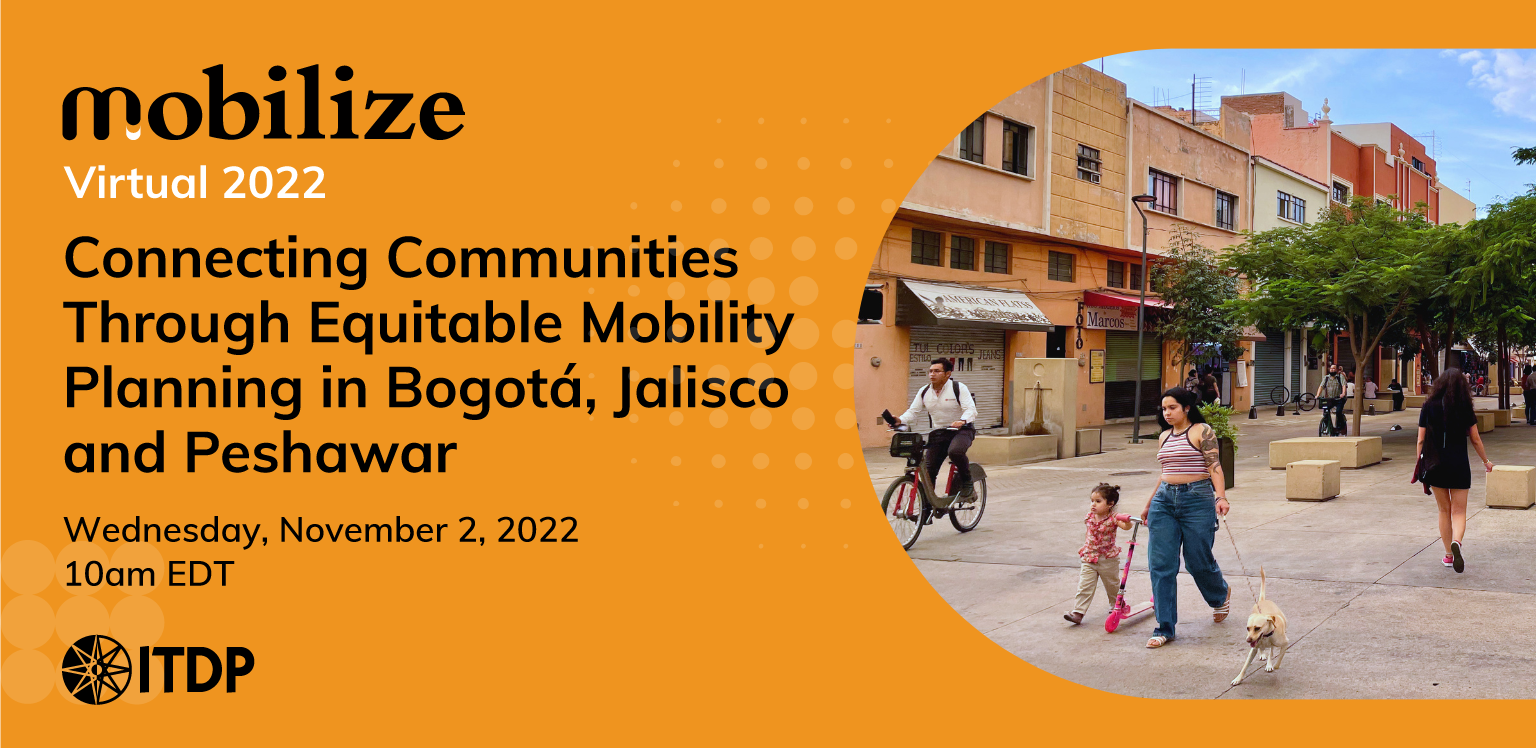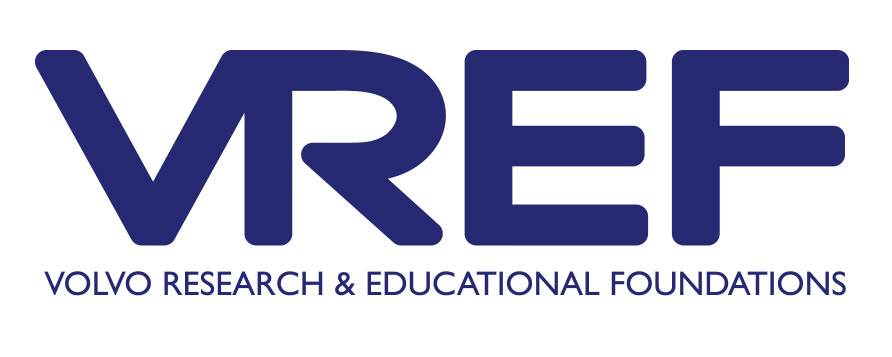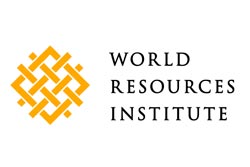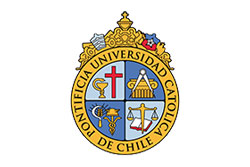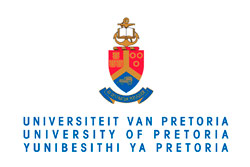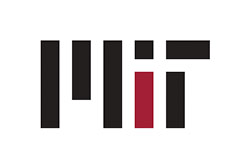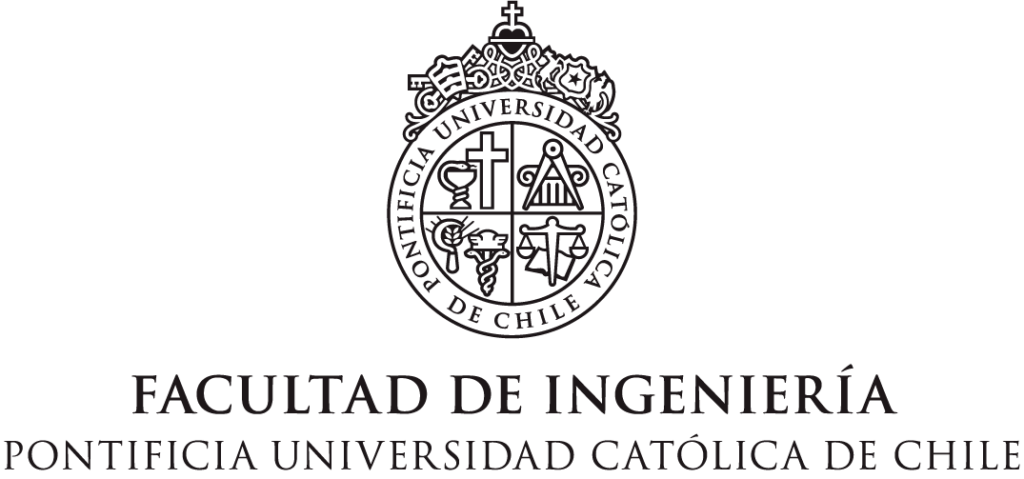Source: U.S. Government Accountability Office
Photo: wikimedia.org
The U.S. Government Accountability Office (GAO) was asked to prepare a report to the Committee on Banking, Housing, and Urban Affairs, U.S. Senate that examined BRT projects funded by the FTA.
What GAO Found
U.S. bus rapid transit (BRT) projects we reviewed include features that distinguished BRT from standard bus service and improved riders’ experience. However, few of the projects (5 of 20) used dedicated or semi-dedicated lanes— a feature commonly associated with BRT and included in international systems to reduce travel time and attract riders. Project sponsors and planners explained that decisions on which features to incorporate into BRT projects were influenced by costs, community needs, and the ability to phase in additional features. For example, one project sponsor explained that well-lighted shelters with security cameras and real-time information displays were included to increase passengers’ sense of safety in the evening. Project sponsors told us they plan to incorporate additional features such as off-board fare collection over time.
The BRT projects we reviewed generally increased ridership and improved service over the previous transit service. Specifically, 13 of the 15 project sponsors that provided ridership data reported increases in ridership after 1 year of service and reduced average travel times of 10 to 35 percent over previous bus services. However, even with increases in ridership, U.S. BRT projects usually carry fewer total riders than rail transit projects and international BRT systems. Project sponsors and other stakeholders attribute this to higher population densities internationally and riders who prefer rail transit. However, some projects—such as the M15 BRT line in New York City—carry more than 55,000 riders per day.
Capital costs for BRT projects were generally lower than for rail transit projects and accounted for a small percent of the Federal Transit Administration’s (FTA) New, Small, and Very Small Starts’ funding although they accounted for over 50 percent of projects with grant agreements since fiscal year 2005. Project sponsors also told us that BRT projects can provide rail-like benefits at lower capital costs. However, differences in capital costs are due in part to elements needed for rail transit that are not required for BRT and can be considered in context of total riders, costs for operations, and other long-term costs such as vehicle replacement.
We found that although many factors contribute to economic development, most local officials we visited believe that BRT projects are contributing to localized economic development. For instance, officials in Cleveland told us that between $4 and $5 billion was invested near the Healthline BRT project—associated with major hospitals and universities in the corridor. Project sponsors in other cities told us that there is potential for development near BRT projects; however, development to date has been limited by broader economic conditions—most notably the recent recession. While most local officials believe that rail transit has a greater economic development potential than BRT, they agreed that certain factors can enhance BRT’s ability to contribute to economic development, including physical BRT features that relay a sense of permanence to developers; key employment and activity centers located along the corridor; and local policies and incentives that encourage transit-oriented development. Our analysis of land value changes near BRT lends support to these themes. In addition to economic development, BRT project sponsors highlighted other community benefits including quick construction and implementation and operational flexibility.
Why GAO Did This Study
BRT is a form of transit that has generated interest around the world to help alleviate the adverse effects of traffic congestion and potentially contribute to economic growth. BRT features can include improvements to infrastructure, technology, and passenger amenities over standard bus service to improve service and attract new riders. The use of federal funding for BRT in the United States has increased since 2005, when the Safe Accountable Flexible Efficient Transportation Equity Act: A Legacy for Users expanded eligibility for major capital projects under FTA’s Capital Investment Grant Program to include corridor-based bus projects. BRT projects can be funded through New, Small, and Very Small Start grants under the Capital Investment GrantProgram.
GAO was asked to examine (1) features included in BRT projects funded by the FTA; (2) BRT project performance in terms of ridership and service and how they compare to rail transit projects; (3) how BRT-projects’ costs differ from rail transit project costs; and (4) the extent to which BRT projects provide economic development and other benefits. To address these objectives, GAO sent questionnaires to officials of all 20 existing BRT and 20 existing rail-transit projects that the FTA recommended for funding from fiscal year 2005 through 2012 to collect information on project features, ridership, and service and interviewed select project sponsors. GAO also reviewed documents and interviewed government, academic, and industry group officials. The U.S.Department of Transportation did not comment on the draft report.
Download full report here
¿Comments? ¿Opinions? ¿Similar News? Send them to us!




